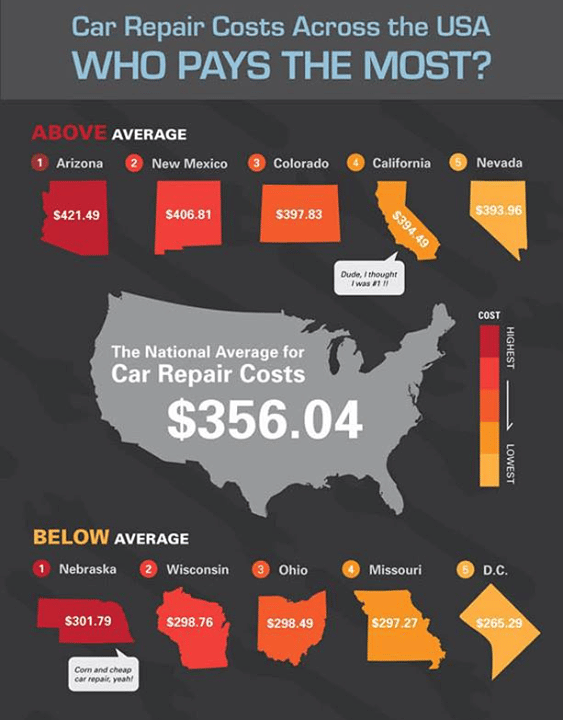Checking Out The Genuine Analysis Of Your Car'S Warning Lighting
Checking Out The Genuine Analysis Of Your Car'S Warning Lighting
Blog Article
Article Created By-Peck Conradsen
When you lag the wheel, those beautiful caution lights on your control panel can be a little bit difficult. Do see more understand what they're trying to inform you regarding your cars and truck's health? Recognizing the value of these lights is important for your safety and the long life of your automobile. So, the next time among those lights turns up, would not you want to analyze its message precisely and take the required actions to resolve it?
Common Warning Lighting and Interpretations
Identify typical warning lights in your vehicle and comprehend their definitions to make certain secure driving.
One of the most normal caution lights consist of the check engine light, which indicates problems with the engine or emissions system. If this light comes on, it's vital to have your vehicle examined quickly.
The oil pressure warning light indicates reduced oil stress, needing immediate interest to prevent engine damage.
A blinking battery light may suggest a damaged billing system, potentially leaving you stranded otherwise resolved.
The tire pressure surveillance system (TPMS) light alerts you to low tire pressure, affecting car stability and gas effectiveness. Disregarding this can result in harmful driving conditions.
The abdominal muscle light shows a problem with the anti-lock braking system, jeopardizing your capability to quit promptly in emergency situations.
Lastly, the coolant temperature level advising light warns of engine overheating, which can lead to serious damages if not dealt with quickly.
Comprehending these usual warning lights will help you deal with problems quickly and preserve safe driving conditions.
Importance of Prompt Attention
Comprehending the usual caution lights in your cars and truck is just the initial step; the value of without delay resolving these warnings can not be stressed enough to ensure your safety on the road.
When a caution light brightens on your control panel, it's your car's way of interacting a possible issue that requires focus. Neglecting these warnings can bring about extra severe troubles in the future, endangering your safety and security and possibly costing you more out of commission.
Prompt attention to cautioning lights can prevent malfunctions and accidents. For example, a blinking check engine light could suggest a misfire that, if left unattended, can trigger damages to the catalytic converter. Addressing this promptly can save you from an expensive repair service.
Likewise, a brake system warning light may indicate low brake fluid or used brake pads, critical elements for your safety when driving.
Do It Yourself Troubleshooting Tips
If you observe a caution light on your dashboard, there are a couple of do it yourself fixing suggestions you can attempt before looking for professional assistance.
The primary step is to consult your auto's manual to comprehend what the particular caution light shows. Often the concern can be as easy as a loose gas cap causing the check engine light. Tightening up the gas cap may fix the issue.
Another common concern is a low battery, which can cause numerous alerting lights. Checking the battery links for deterioration and guaranteeing they're secure might fix the issue.
If a warning light continues, you can attempt resetting it by detaching the vehicle's battery for a few minutes and afterwards reconnecting it. In addition, examining your automobile's fluid degrees, such as oil, coolant, and brake fluid, can assist repair alerting lights connected to these systems.
Recommended Website
To conclude, recognizing your car's warning lights is necessary for maintaining your lorry running smoothly and securely. By promptly attending to rv brake repair and understanding what they suggest, you can avoid pricey repair work and potential break downs.
Remember to consult your car's guidebook for specific information on each cautioning light and do something about it appropriately to make sure a trouble-free driving experience.
Remain educated, remain safe when traveling!
